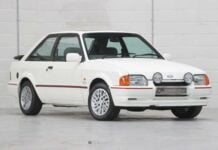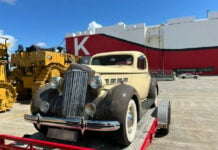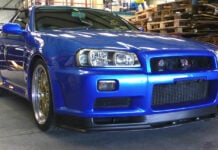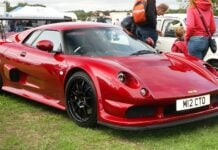If you were approached to ship a “Bond Car” for someone, what would you be expecting?
The Aston Martin DB5 from “Goldfinger”?
The Bentley Mark IV used in “From Russia with Love”?
Maybe the AMC Hornet driven in “The Man with the Golden Gun”?
Not us at Autoshippers. When we receive a booking for a “Bond Car” we know exactly what to expect….
The Bond Minicar
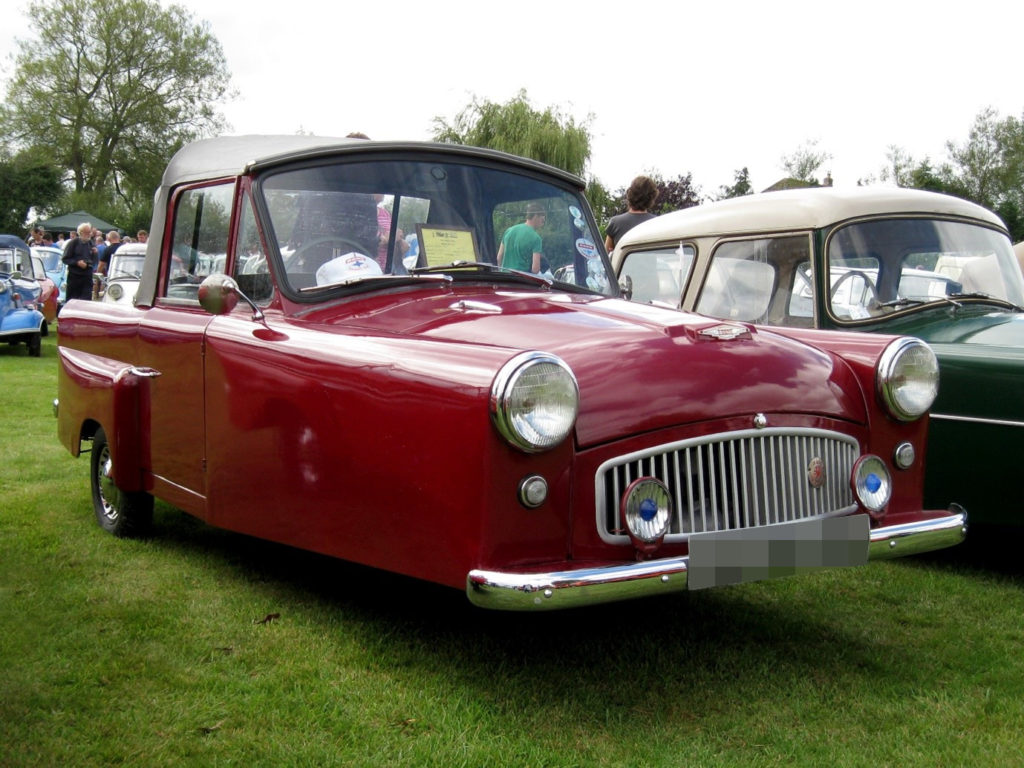

Manufactured in Preston between 1949 and 1974 (if you include the Bond Bug, more on that later), these little beauties are three-wheeled microcars built for economy, and were amongst the first British cars to use fibreglass body panels. From the mind of Lawrence Bond, who was an aeronautical designer during the second world war, the initial prototype was unveiled to the press in early 1948.
He described the Bond minicar as a “short radius runabout, for the purpose of shopping and calls within a 20-30mile radius”, the prototype was said to have a cruising speed of 30mph and was expected to start production later that year.
The “Mark A”


During that same year as the prototype, Lawrence Bond approached Sharp’s Commercials with a view to renting their factory to build his car. At the time, Sharp’s contract with the Ministry of Supply was coming to an end, so the Managing Director, Lt. Col. Charles Reginald Gray, offered a deal that meant they would enter into an agreement and Sharp’s would manufacture the car. Once mass production was underway however, Lawrence Bond sold the design and manufacturing rights to Sharp’s.
Production began in January 1949 of the first incarnation of the Bond Minicar (the “Mark A” tag was only added after the arrival of the “Mark B” in 1951). Advertised as the word’s most economical car it was simple in design and was so light that one person could lift the entire rear end of the car off the ground unaided.
It had a 3-speed gearbox and no reverse, with a 122cc air-cooled engine capable of 0-30mph in 13.6 seconds. The integrity of the main body of the vehicle was aided by the fact that it did not have any doors, and it had a Perspex windscreen with a manually operated windscreen wiper (although when the “Deluxe” version was introduced late 1949 it included an electric windscreen wiper)
1951 – 1966
Over the next 15 years, Sharp’s Commercials (who renamed themselves Bond Cars Limited in 1964) produced 6 more versions of the Bond Minicar (Mark B through to Mark G) developing the design whilst retaining the aesthetic of the original Mark “A”. Unfortunately, due to changes in purchase tax in 1962 the price difference between the Bond Minicar and other small cars was much less significant and sales began to dwindle.
In November of that year production was scaled back and although further development was carried out there was a continued drop in sales.
Production finally ceased in 1966, and it was the end of the Bond Mini Car.
1970, The Bond Bug


Bond Cars Limited continued to produce the “Equipe” which was their first 4-wheeled vehicle and the “875” which was a three-wheeler with 4-speed manual gearbox. In 1969 the company was purchased by the Tamworth based Reliant Motor Company, who would find worldwide fame as the producer of the Reliant Robin from 1973. In fact, the shape of the Reliant Robin has many similarities with Bond Cars Limited’s “875”. Reliant had been working on a new three-wheeler “fun” car concept for many years and felt that under the Bond name it may be palatable to the market. The Bond Bug was born, aimed at younger motorists, using a mixture of Reliant parts. It had a 700cc Reliant light-alloy four-cylinder engine, with the top of the range 700ES boasting ergonomic seats, mudflap, front bumper and even an ashtray!
Being the 70’s, the aesthetic was key, and the Bond Bug was deemed a head-turner. Bright orange, and wedge-shaped, it looked like nothing else on the road at the time (or since I would suggest)
The Bond Bug was capable of 76mph and was marketed as being fun to drive, with a low seating position giving the impression of moving at a faster speed than you were actually achieving.
Sadly, The Bond Bug was only in production from 1970-1974, with 2,270 made in Preston and Tamworth by Reliant, who then went on the conquer the world with the Reliant Robin.
RO/RO or TO/TO?
When we at Autoshippers were contacted by someone who had just purchased a 1960 Mark F Bond Mini car we knew exactly what we were dealing with. In this instance, the car was a “non-runner” so we had to plan things a little differently, however.
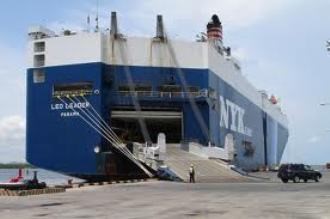

We have various options for shipping available to us, depending on our customer’s own requirements. The different options come with different costs, transit times and shipping ports, so there is plenty of choice to meet everyone’s needs.
For this Bond Mini car our customer opted for our Ro/Ro service, as it offered him the most economical way of transporting to his preferred port in the USA. Ro/Ro, or Roll On/Roll Off, is a specialist service for vehicles, using specially designed vessels. The vehicles are simply driven on at the origin port, and then driven off at the destination port.
The difference here is that the Bond Mini Car was a non-runner, so was unable to be loaded onto the vessel under its own power. However, we were able to find a shipping line who would accept this booking and would tow the car on and off the vessel (the TO/TO in the title of this section).
This was perfect for this particular vehicle export, as the steering and brakes were fully functional meaning that the car could be manoeuvred into position and secured for transport.
We can accept other non-runners on some of our other service options, so please contact us here or call us on 0800 389 0784 / 0117 982 8123 for more details.
Or you could request a bespoke quotation by filling out the form on our website



